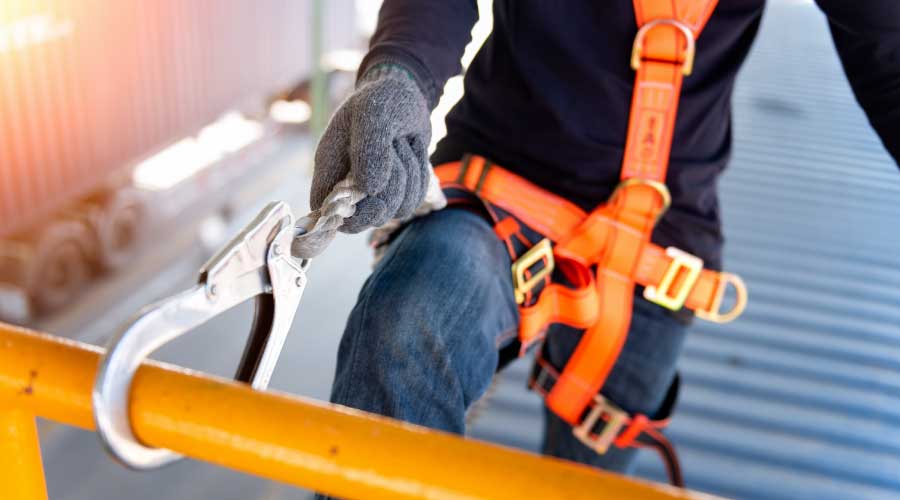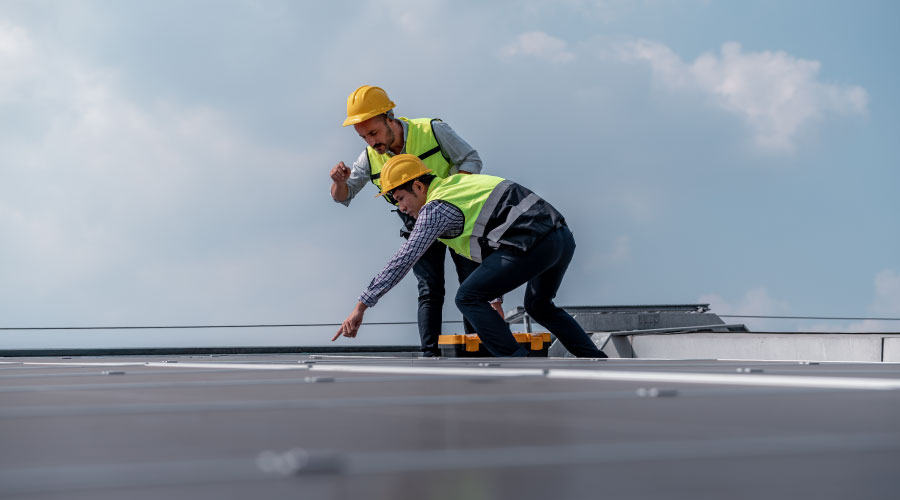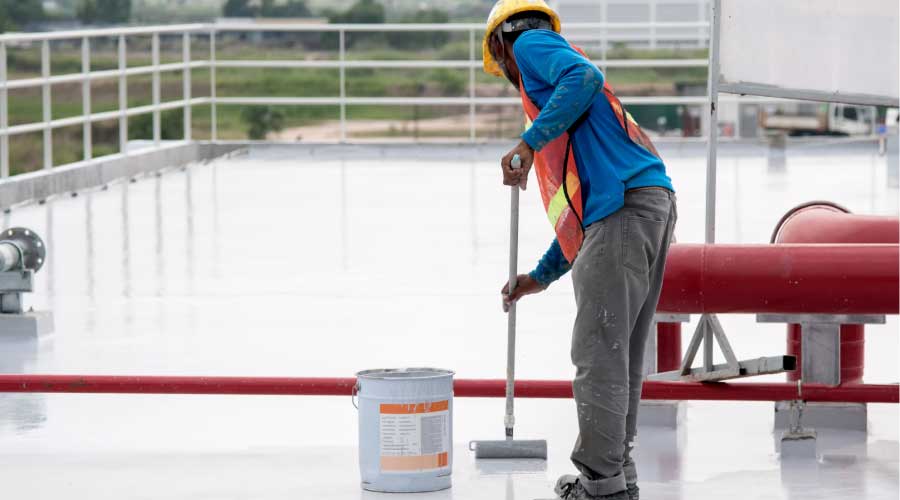Cool Roof Standards
Keep in mind that while some programs, such as Green Globes and LEED, are voluntary, others, like the building codes in Atlanta, Chicago, and California, mandate minimum standards all buildings must meet. Here’s a list of some of those standards:
- Title 24 — California’s Title 24 requires all new roofs to have a minimum reflectance of 0.70 and a minimum emittance of 0.75, according to the 2005 version of the standard. It is the most stringent in the nation. Crawford says he thinks that this standard will remain in place for the 2009 version as well.
- ENERGY STAR — The EPA’s ENERGY STAR program calls for low-slope roofs to have a reflectance value of 0.65 (with 0.50 after five years of aging — and with a cleaning). Despite the fact that ENERGY STAR permits cleaning of aged roofing materials before measuring reflectance, Kirn says the ENERGY STAR program deserves high marks for putting the topic of cool roofing values on the map.
“ENERGY STAR was a bold undertaking,” he says. That stake in the ground paved the way for other standards.
Crawford agrees. “Education is the best purpose for ENERGY STAR, and they got started largely before anyone else.”
- LEED — For roofing equal to or less than 2:12 slope, the roof must have a solar reflectance index (SRI) of 78 or greater. Although the CRRC does not publish SRI value as part of the organization’s product directory, SRI, which is a measurement that combines solar reflectance and infrared emittance into a single value, can be calculated according to ASTM E-1980.
- Green Globes — Like LEED, Green Globes uses an SRI rating of 78 or greater to define low-slope cool roofing.
- ASHRAE — The 90.1 standard from the American Society of Heating, Refrigerating and Air-Conditioning Engineers contains provisions for cool roofing that can serve as a baseline for local code bodies. In the absence of an organization’s willingness to build to voluntary cool roof standards, ASHRAE can help facility executives meet minimum standards.
On the drawing board is a new standard that would provide minimum requirements for the design of high-performance, green buildings. Being developed by ASHRAE, USGBC and the Illuminating Engineering Society of North America, Standard 189 is aiming to be ANSI-accredited. It will also put LEED requirements into language that can easily be adopted by local code officials. The 189 standard is eventually expected to become a prerequisite for LEED certification.
- Local standards — Across the nation, municipalities are identifying the benefits of using energy-saving building codes that go beyond the standard code language. Facility executives should check with local governments to determine regional standards.
One of the reasons it’s hard to be specific about codes is the lack of any unified standard.
“There is no national energy code,” Kirn says. “Each state is doing its own thing, with California leading the way and setting a good example for everyone else. This, of course, allows others states to sort of cherry-pick what works best for them and their climates.”
Both Crawford and Kirn say that facility executives will have to investigate local opportunities to be aware of the best programs.
“There’s so much going on under our radar,” Kirn says. “Philadelphia, Georgia, Chicago — they’re all doing different things.”
Related Topics:













